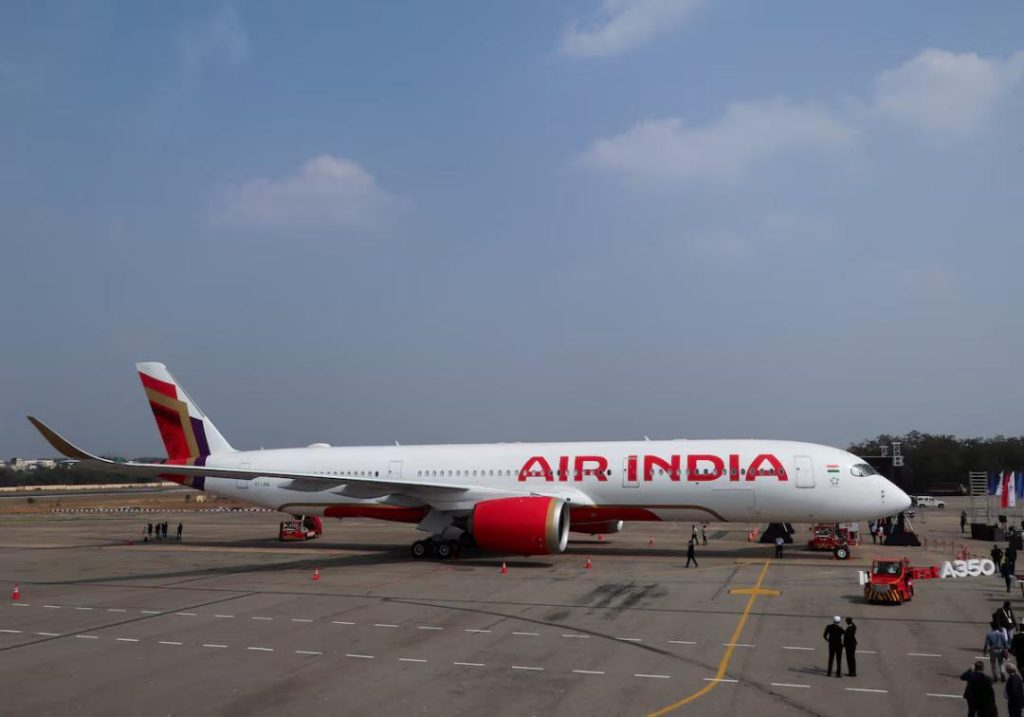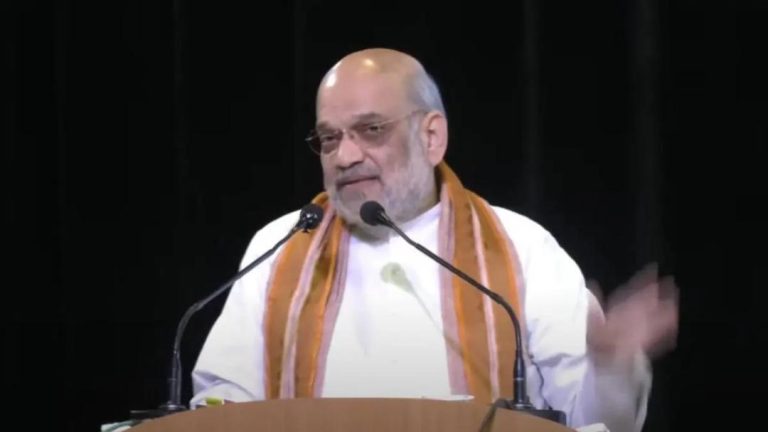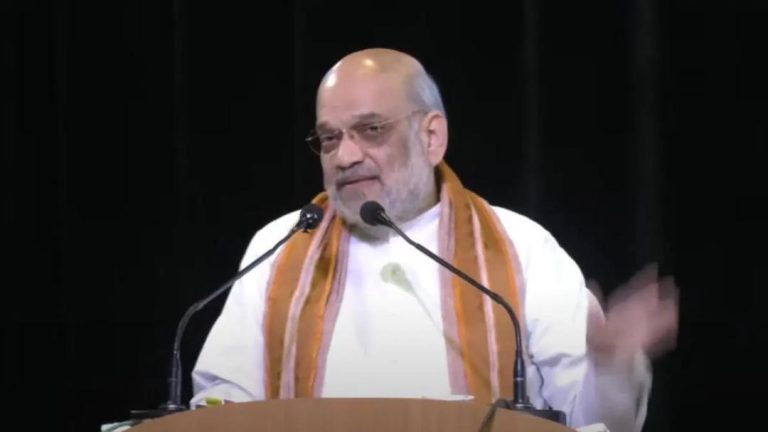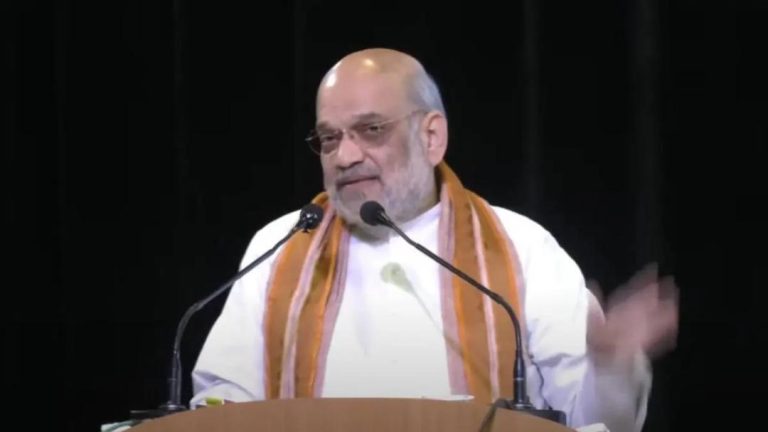
India Needs 20,000 Pilots to Meet Travel Demand: Aviation Minister
The Indian aviation industry is experiencing unprecedented growth, with air travel becoming increasingly popular among Indians. To meet this rising demand, the Civil Aviation Minister, K Rammohan Naidu, has stated that India needs to train an additional 20,000 pilots in the next few years. This announcement was made at a gathering in Udaan Bhawan, where the Minister also revealed plans to add 50 new airports in the next five years.
The demand for air travel in India has been steadily increasing over the past few years, with the number of air passengers growing by 15-20% annually. This growth is expected to continue, with the Indian government aiming to increase the number of air passengers to 500 million by 2025. To meet this demand, the country needs a significant increase in the number of pilots available to fly these planes.
To support this growth, the Indian government has ordered 1,700 new planes, which will be delivered over the next few years. This order is part of a larger plan to increase the country’s air fleet by 20% in the next five years. The new planes will not only increase the capacity of the country’s airlines but also provide a much-needed boost to the aviation industry.
In addition to increasing the number of planes, the Indian government is also focusing on increasing the number of pilots available to fly these planes. The Civil Aviation Minister has stated that India needs to train an additional 20,000 pilots to meet the growing demand for air travel. This is a significant challenge, as the country currently has around 10,000 commercial pilots.
To support this growth, the Indian government has launched the Electronic Personnel License (EPL) for pilots, making India the second country to do so after China. The EPL is an electronic version of the traditional air pilot’s license, which is issued by the Directorate General of Civil Aviation (DGCA). The EPL will make it easier for pilots to obtain and renew their licenses, as well as provide a more efficient way for the DGCA to monitor and regulate the aviation industry.
The launch of the EPL is part of a larger effort by the Indian government to modernize the country’s aviation industry. The government is also investing in new technologies, such as artificial intelligence and data analytics, to improve the efficiency and safety of air travel.
The addition of 50 new airports in the next five years is another significant step towards meeting the growing demand for air travel in India. The new airports will be located in various parts of the country, including Tier II and Tier III cities, which are expected to drive growth in air travel. The new airports will also provide a much-needed boost to the regional economy, creating new job opportunities and stimulating local businesses.
The Indian government’s plan to add 50 new airports in the next five years is part of a larger vision to make air travel more accessible and affordable for all Indians. The government is also investing in improving the existing airport infrastructure, including expanding terminals and increasing the capacity of runways.
In conclusion, the Indian aviation industry is experiencing unprecedented growth, driven by increasing demand for air travel. To meet this demand, the country needs to train an additional 20,000 pilots, order more planes, and add new airports. The launch of the EPL is a significant step towards achieving this goal, as it will make it easier for pilots to obtain and renew their licenses. The addition of 50 new airports in the next five years is also expected to drive growth in air travel, making air travel more accessible and affordable for all Indians.
Source: https://repository.inshorts.com/articles/en/PTI/f9d6c738-8a23-4963-9117-15496d743098






